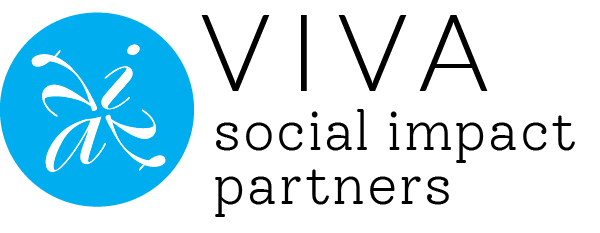2 min read
Tips & Tools for Designing & Leading Powerful Meetings
Laura Bowen
February 18, 2019
Blog

Yes, meetings can be powerful.
As professionals, there are times when we wonder, “Why are we meeting? Was that worth my time?” And other times when we walk away feeling the WOW of a great meeting.
For those of us focused on social impact, it is worth pausing to think about how we can make our time together even better.
Here are some reminders, tips, and tools to power up your meetings, straight from your favorite facilitators (that’s us!)
To Meet or Not to Meet, That Is the Question
Before you schedule or start planning a meeting, ask yourself if you really need a meeting.? Do you just need to share information? If yes, skip the meeting and choose another way to share that information.
BUT, if you have a clear purpose and something that can only be achieved by bringing folks together, then have a meeting.
A powerful meeting brings the right people to the table to achieve a tangible result—to make a decision, to set goals, to solve problems, to develop a shared understanding, or to create something collaboratively.
Preparation Is Critical
Expect to spend twice as much time preparing for a meeting as you do holding it. Use this pre-meeting checklist to come prepared:
- Clearly define what needs to be accomplished.
- Invite the minimum number of people positioned to make contributions and achieve the maximum result.
- Send out an agenda including the meeting objectives, and any pre-work or reading to help attendees be prepared.
- Create an annotated agenda for yourself. This is your loose “script” and reminds you how the meeting should flow.
- Time your agenda to focus on the results you want to achieve.
- Plan discussions and activities that engage, including breakouts, visuals, and powerful questions.
First Impressions Matter
As the meeting host, you will set the tone for the meeting from the moment you arrive.
- Be ready before anyone arrives. This allows you to be calm, positive, and fully present.
- Some of the strongest connections are made before a meeting even starts. Make small talk, learn about the people in the room. Positive relationships are critical to the success of a meeting and any successful endeavor.
- Make sure the room has everything you will need, such as technology, wall space, and enough tables and chairs.
- Use your space creatively to encourage attendees to move around.
- Don’t forget the creature comforts! Water and snacks can help attendees stay focused and energetic.
Lead from the Front
As the meeting facilitator, it is your responsibility to guide participants towards achieving the meeting objectives.
- Begin the meeting on time.
- Keep the meeting agenda and annotated agenda in front of you as a guide.
- Include an opening exercise that transitions attendees into the meeting, sets the tone, and allows attendees to connect.
- Share the meeting objectives and any ground rules or expectations (participation, mobile phones, and decision-making processes).
- Smile! Appreciate and acknowledge all attendees.
- Invite diverse perspectives. Ask powerful, open-ended questions.
- Listen and reflect back to confirm understanding.
- Track decisions, points of consideration, and any next steps.
- Do “pulse checks” of participants during the meeting to make sure they are happy with the progress, and conduct an evaluation at the end.
End Your Meeting Strong
It is important that all attendees leave the meeting with clarity around what was accomplished and what their responsibilities are moving forward.
- Leave 5-15 minutes at the end to capture questions, review decisions, and note action items and assignments.
- Include a brief closing activity that reinforces group cohesion and ends on a positive note.
- After the meeting, promptly send clear notes to all attendees, paying particular attention to action items and decisions.
Now the next time you’re in charge of a meeting you will be able to handle it like a pro. You will be able to use your time wisely to prepare, set the tone, guide the meeting to completing objectives, and set everyone up with the correct tasks so no one feels like they wasted their time again.
